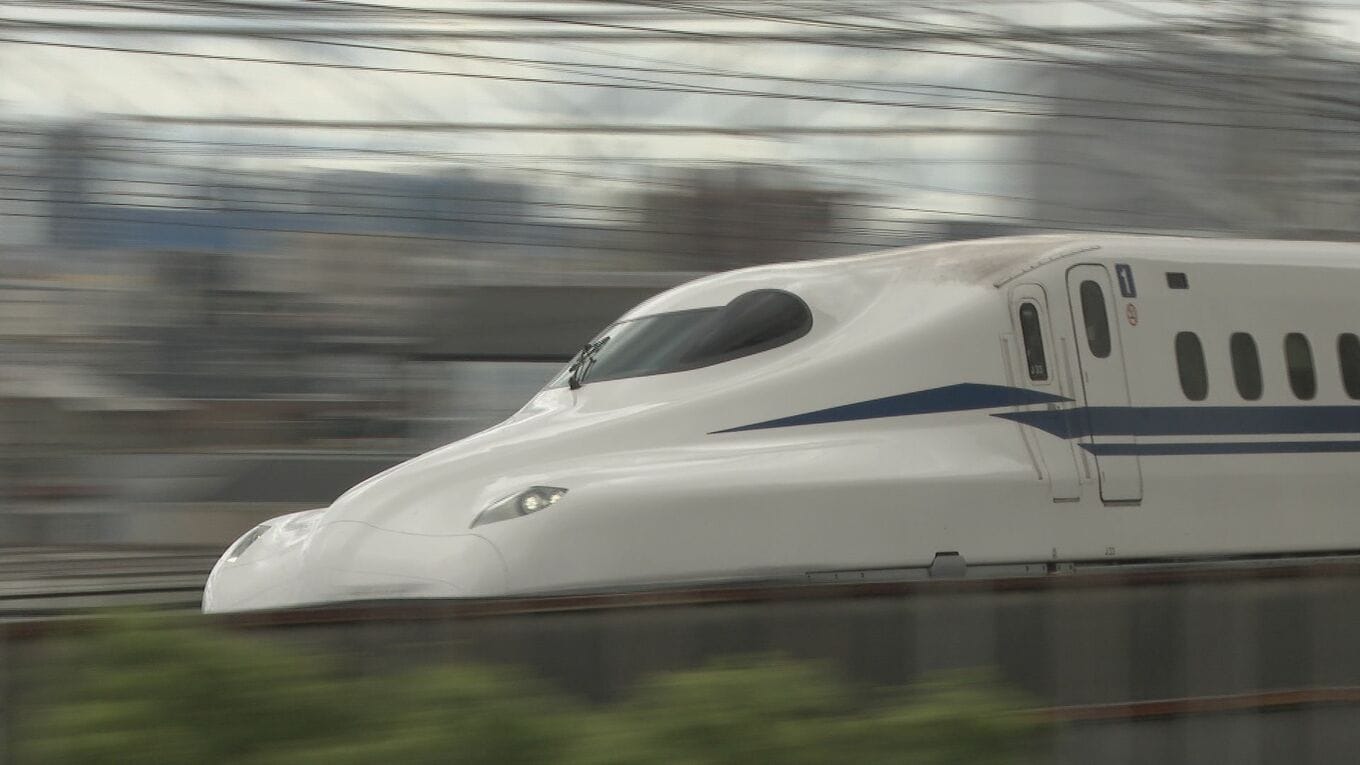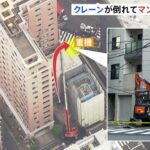The Tokaido Shinkansen has suspended operations in both directions between Shinagawa and Shin-Yokohama due to heavy rainfall.
According to JR Central, rainfall in the Shinagawa-Shin-Yokohama area reached 80mm within the past hour as of 7:40 PM.
Tokaido Shinkansen
The Tokaido Shinkansen, inaugurated in 1964 for the Tokyo Olympics, is Japan’s first high-speed rail line, connecting Tokyo and Osaka. Known as the “bullet train,” it revolutionized rail travel with speeds up to 210 km/h (now 285 km/h) and became a symbol of Japan’s post-war technological advancement. Today, it remains one of the world’s busiest and most efficient high-speed rail routes, carrying over 150 million passengers annually.
Shinagawa
Shinagawa is a bustling district in Tokyo, Japan, historically known as a key post town along the Tokaido road during the Edo period (1603–1868), where travelers rested between Edo (modern Tokyo) and Kyoto. Today, it is a major transportation hub with Shinagawa Station, blending modern skyscrapers, business centers, and remnants of its past, such as the Shinagawa Shrine and old samurai residences. The area also offers scenic views of Tokyo Bay and serves as a gateway to the city’s southern attractions.
Shin-Yokohama
Shin-Yokohama is a modern district in Yokohama, Japan, known for its business hubs, shopping centers, and the iconic **Shin-Yokohama Ramen Museum**, which celebrates the history and varieties of ramen. Developed in the 1960s as part of Yokohama’s urban expansion, it became a major transportation hub with the opening of the **Shinkansen (bullet train)** station in 1964. Today, it blends contemporary infrastructure with cultural attractions, drawing visitors for both business and leisure.






